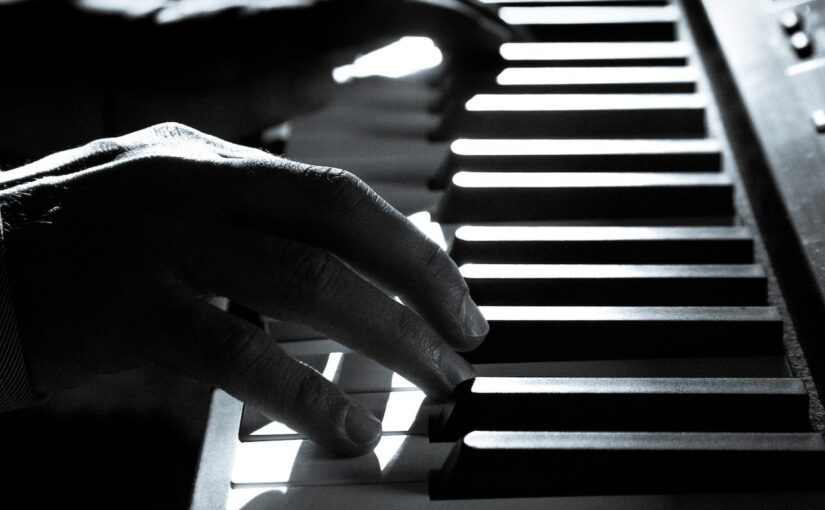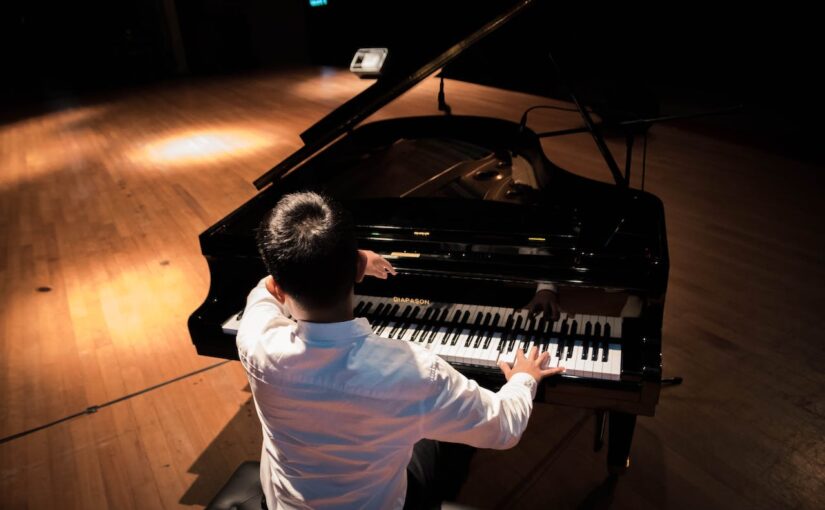In the world of musical instruments, innovation often meets tradition, resulting in groundbreaking creations that revolutionize the way we perceive and interact with music. Among these remarkable inventions stands The Fluid Piano, an extraordinary instrument that transcends the boundaries of conventional tuning systems. At the heart of its uniqueness lies a technological marvel—an ingenious mechanism that grants the pianist unprecedented control over tuning flexibility.
The Evolution of The Fluid Piano’s Innovation
Developed by the visionary maestro and inventor, Geoffrey Smith, The Fluid Piano emerged from a profound desire to bridge the gap between diverse musical traditions. Smith’s relentless pursuit of a solution led to the creation of an instrument capable of adapting its tuning to different scales, tonalities, and musical traditions from around the world.
Understanding The Fluid Piano’s Tuning Mechanism
Central to the Fluid Piano’s innovative design is its ability to adjust the tuning of individual notes on-the-fly—a feat that was once inconceivable with traditional pianos. This remarkable capability is made possible by a sophisticated mechanism integrated into the instrument.
At its core, The Fluid Piano comprises a set of patented mechanisms that enable the pianist to modify the tension of the strings with precision. By employing a system of levers and adjustable bridges, each string’s tension can be altered, thereby adjusting the pitch and tuning of the corresponding note.
The Role of Technology in Tuning Adaptability
The technology underpinning The Fluid Piano’s tuning flexibility represents a harmonious fusion of tradition and innovation. While the basic principles of piano construction remain intact, the incorporation of precision-engineered components elevates the instrument to an unprecedented level of adaptability.
Advanced materials and cutting-edge manufacturing techniques play a crucial role in the creation of these mechanisms. High-quality alloys, resilient materials, and precision machining ensure durability, accuracy, and reliability in the intricate components that enable real-time tuning adjustments.
Unlocking New Musical Horizons
The Fluid Piano’s technological prowess unlocks a myriad of possibilities for musicians and composers. It provides the freedom to explore diverse musical idioms, experiment with microtonal scales, delve into world music traditions, and even create new tonalities previously unattainable on a conventional piano.
Musicians can seamlessly transition between different musical styles, scales, and tonal structures, facilitating a deeper understanding and appreciation of global musical diversity. This adaptability fosters creativity, encourages experimentation, and broadens the scope of musical expression.
The Future of Musical Innovation
As technology continues to advance, the evolution of The Fluid Piano’s tuning mechanism remains an ongoing journey of refinement and enhancement. Continuous research and development efforts aim to further expand its capabilities, providing musicians with even greater flexibility and precision in shaping their sonic landscapes.
The integration of digital technology might offer new avenues for augmenting The Fluid Piano’s adaptability, potentially incorporating features that enable instant switching between different tuning systems or providing enhanced tools for composers and performers to explore limitless sonic possibilities.
Conclusion
In the realm of musical instruments, The Fluid Piano stands as a testament to the marriage of tradition with cutting-edge technology. Its remarkable tuning flexibility, made possible by sophisticated mechanisms and innovative engineering, heralds a new era of musical exploration and expression. As The Fluid Piano continues to captivate musicians and enthusiasts alike, its technological ingenuity paves the way for a future where musical boundaries are redefined, enabling artists to create and innovate beyond imagination.



